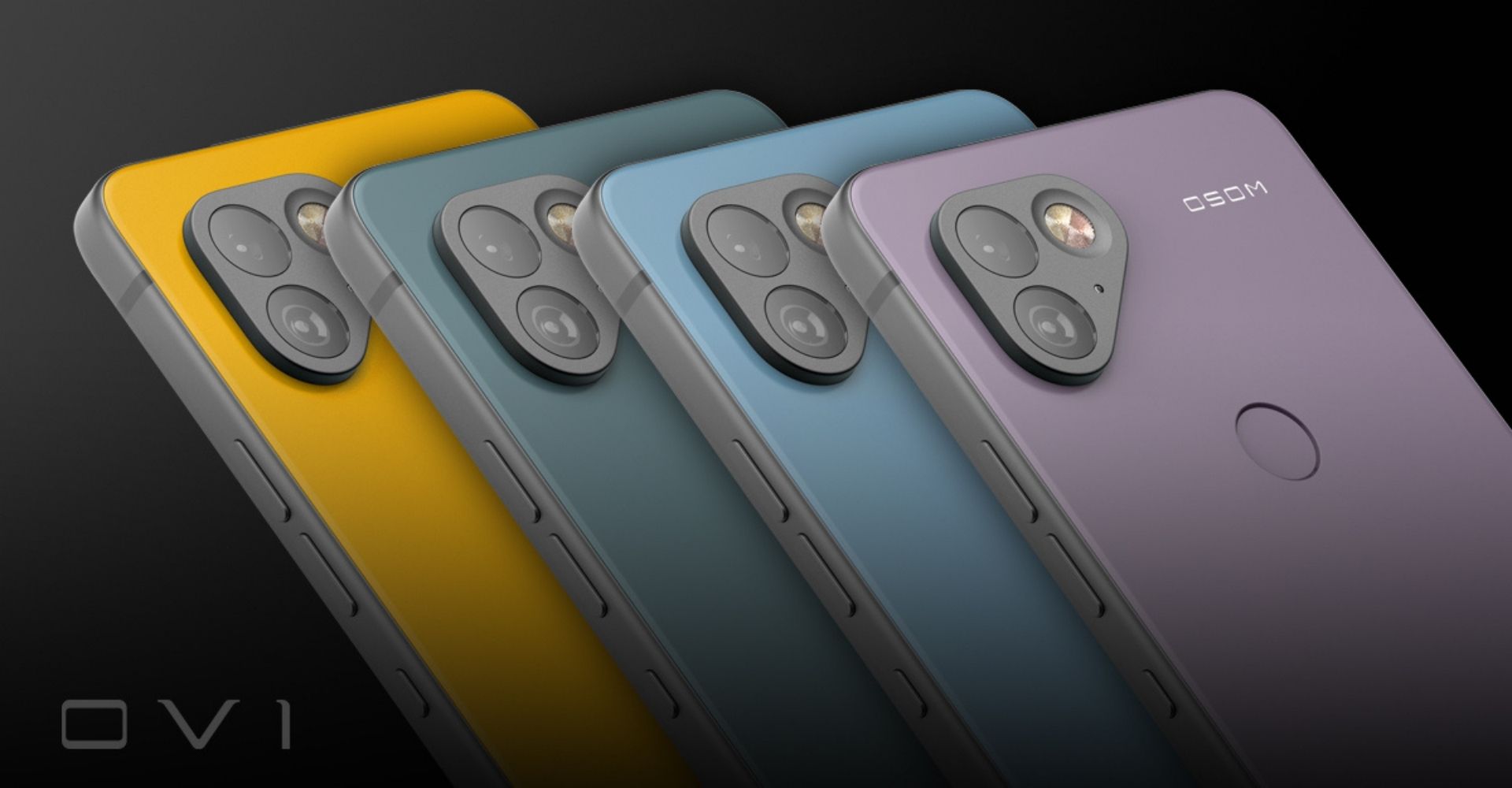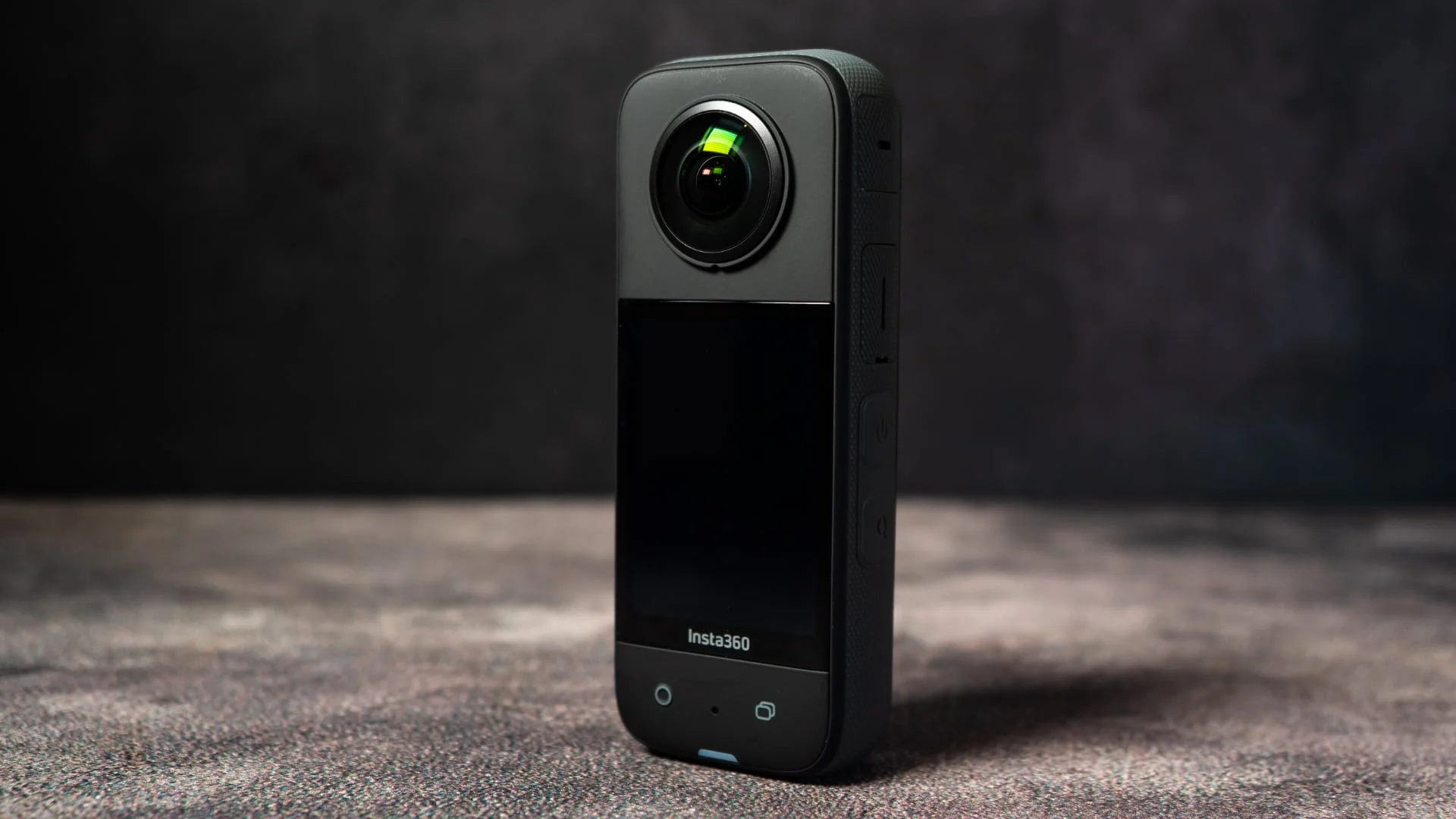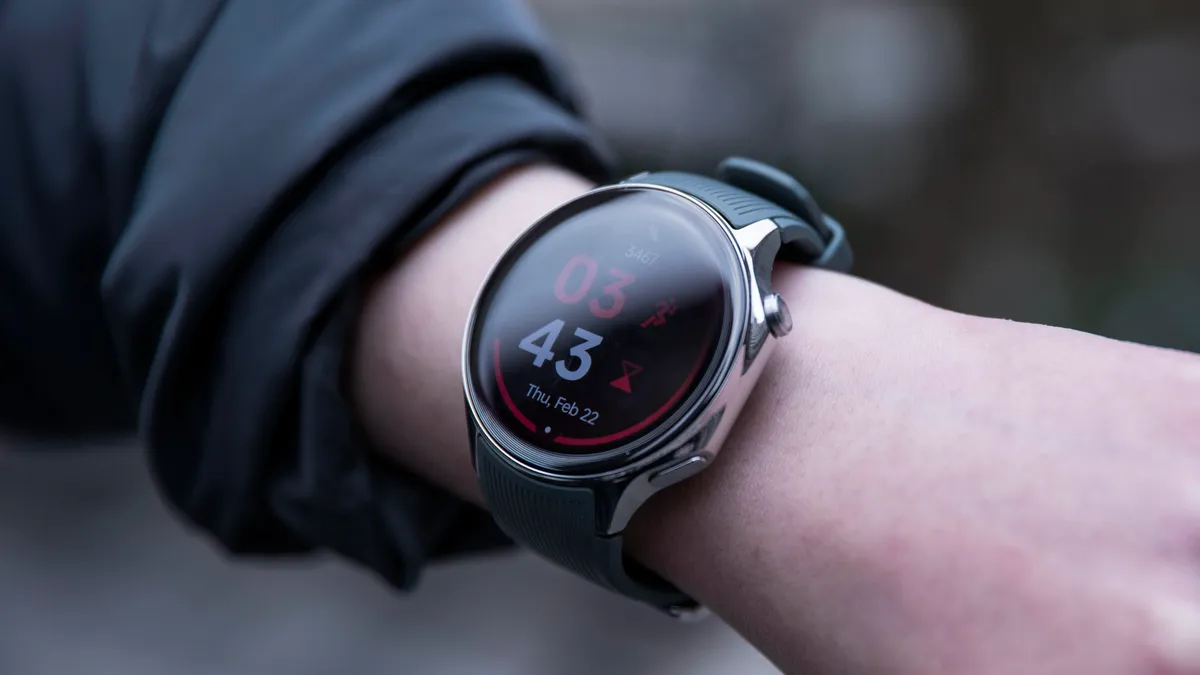Is the AirPods 4 Worth the Upgrade? A Detailed Review
December 27, 2024 | by ranazsohail@gmail.com
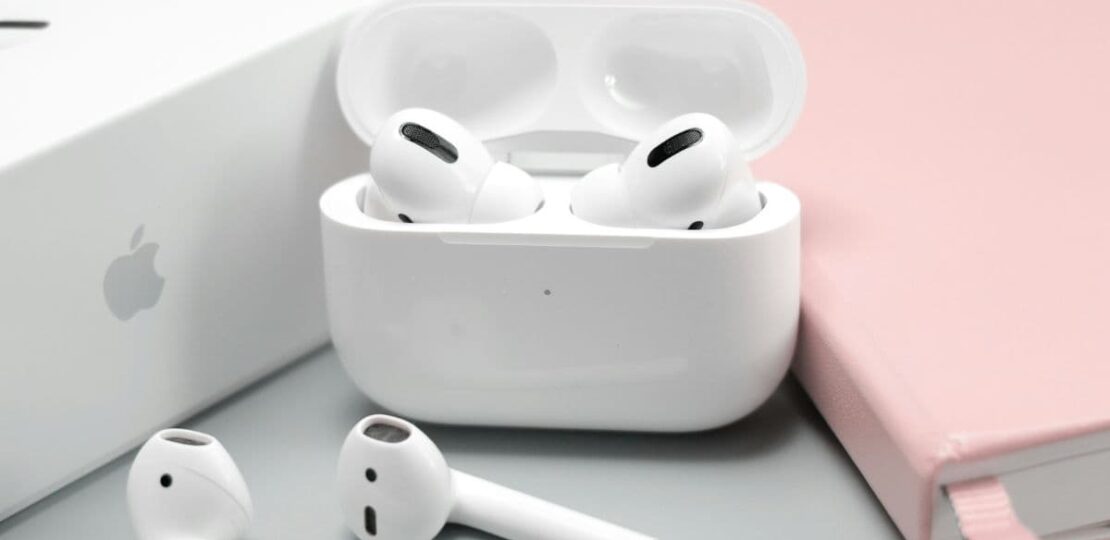
There are two types of people in the world: those who find AirPods comfortable, and those who don’t. Some people love silicon-tipped in-ear buds, while others can’t stand them. Some swear by noise cancellation, others couldn’t care less. But Apple wants to sell to both groups, which is why they’ve released two versions of the new AirPods this year. The keynote was a bit confusing, but basically, the standard model is $129 (AirPods 4), and the upgraded version with noise cancellation is $179. But noise cancellation isn’t the only thing that sets them apart.
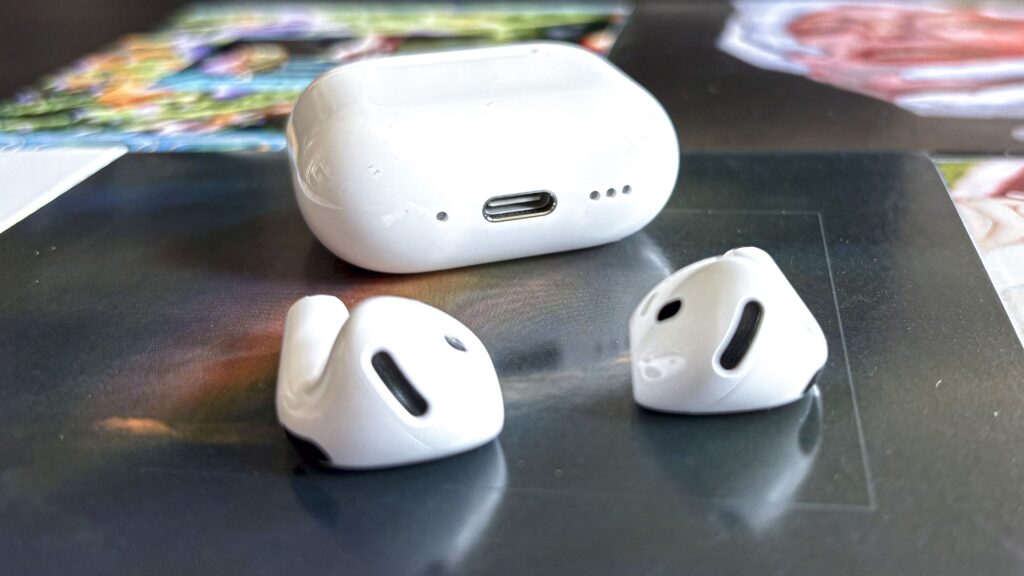
After testing them for a few days, here’s my take on the new AirPods: what’s different, and whether they’re actually worth it. Let’s start with the basics. Apple’s changed the shape slightly, adding new curves and angles, and the driver now points more directly into your ear to reduce reflections. The stem is also a little shorter, but honestly, they still look like classic AirPods. They’ve also upped the water and dust resistance from IPX4 to IP54, which is nice. And of course, they still have in-ear detection and microphones all around.
But my biggest question was whether the new shape would fit better in my ears. I’ve never had much luck with the hard-tipped AirPods. The latest version was the closest I’ve gotten to a good fit, but even then, if I jogged for more than 10 seconds, they’d slowly fall out. So, do the AirPods 4 fit better? Slightly, but not by much. I tried twisting them into place, doing my usual routine to get them seated properly, but even when I was sitting still, they started to feel like they were slipping out. If you had issues with the previous AirPods, you’ll probably still have the same problem here. But if they fit you before, these should work just as well.
Everything I’ve mentioned so far applies to both the standard AirPods and the noise-canceling version—they’re exactly the same in size, shape, and design. You wouldn’t be able to tell them apart just by looking at the earbuds. The real differences start with the case, though. The new case is a bit smaller and now has USB Type-C, which is a nice upgrade. But for the base model, that’s all you get—a USB-C case.
With the noise-canceling version, though, the case has a small speaker at the bottom that chimes when it’s charging, makes a sound when the AirPods are lost, and includes wireless charging on the back (and yes, the AirPods chime when they’re charging), which is super convenient.
One thing to note, though, is that MagSafe support is gone. I think it’s because the case is just a tiny bit smaller now. With the previous generation, the wireless charging case would magnetically align and stick to the back of a MagSafe charger, which made it super easy to just drop it on and not think about it. But with this year’s case, it’s a bit smaller than the magnetic ring on MagSafe, so it no longer sticks. It’ll still charge on any regular wireless charger, but it won’t stay aligned, which is a bit of a disappointment. If you try to use one of those upright chargers, it’ll probably just slide off. So, USB-C is great, but losing MagSafe is a bit of a downside.
Another thing I’ve noticed—maybe because they’re brand new—is that the magnets holding the AirPods in the case feel stronger, which is a nice touch. Also, fun fact: this case still works with the Apple Watch charging puck. It’s not a standard cheap charger, but it’ll charge both the Apple Watch and AirPods, so that’s a small bonus.
And here’s a hidden feature no one’s really talked about: remember the pairing button on the back of the AirPods 3 case? It’s gone now on the new AirPods 4 case. So where did it go? Turns out, it’s been replaced by a hidden touch-sensitive area just below the pairing light on the front. If you double-tap this area, it starts blinking and goes into pairing mode. A triple-tap starts a factory reset. So no physical button anymore—it’s just a little hidden trick. Pretty cool, right?
The biggest question most people are probably asking is: How good is the Active Noise Cancellation (ANC) on these new AirPods? Should you choose these over the AirPods Pro with silicone tips? Is it really worth it?
To give you some context, I’m comparing these new AirPods to the AirPods Pro 2. Sure, there are lots of other earbuds with ANC out there, but when it comes to sound quality, the AirPods Pro 2 are the closest comparison. And honestly, while these new AirPods are impressive, they don’t quite stack up to the Pros. This mostly comes down to the design. Since the hard tips don’t create a perfect seal in my ear, there’s a tiny gap around the earbud, which lets some outside noise slip through. Whether it’s white noise, street sounds, or voices, the ANC definitely helps reduce background noise, making it easier to focus on what you’re listening to—but it doesn’t fully block it out.
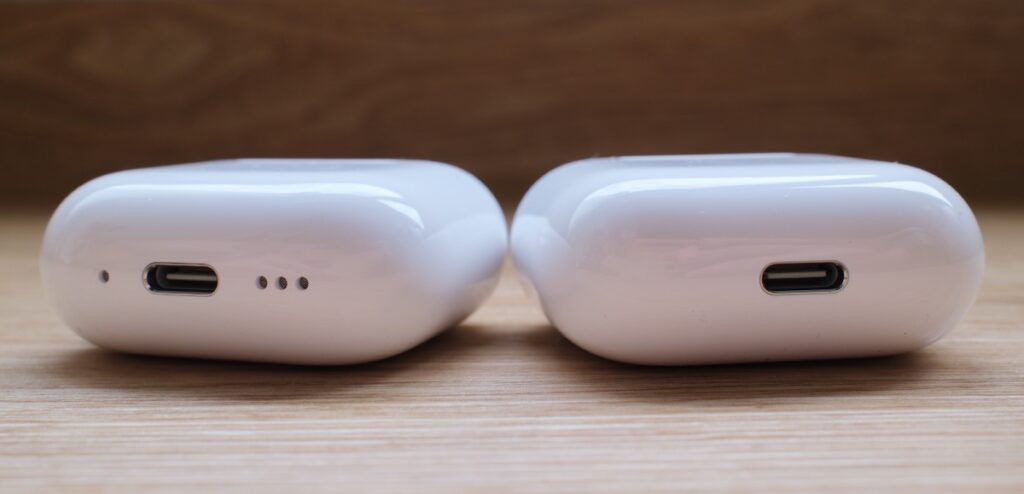
If I had to rate the ANC, I’d give the AirPods Pro a solid 8 out of 10, based on how much background noise they cut out. These hard-tipped AirPods would probably land around a 4 or 5. The difference is that these are more about reducing noise than completely canceling it out. They’re still really useful, especially in louder environments like trains, planes, or places with a lot of street noise or chatter. That’s when you’ll really appreciate the noise reduction, because it’ll help you hear your music or podcast better. But in quieter settings, like a library or a peaceful room, you won’t notice as much of a difference.
Noise cancellation is important, but just as crucial is having a good transparency mode—and these headphones deliver. In fact, this might be the best transparency mode I’ve experienced on any AirPods. It almost sounds supernatural, likely because some outside noise already leaks in, so the sound amplified by the microphones feels incredibly natural.
A couple of other things to note: battery life does take a slight dip with ANC on. It’s rated for four hours, which is still decent, and with the case, you get a total of 20 hours with noise cancellation. These also now join the AirPods Pro with USB-C as the only headphones to support ultra-low latency for the Vision Pro, thanks to the H2 chip. The precision-finding feature is helpful, but the speaker on the case really shines when your AirPods are buried under something or hidden inside a bag—making them easy to find even without seeing them.
If you paid close attention at the last Apple keynote, you might have caught the AirPods Max refresh that was announced alongside these. But I use the term “refresh” loosely since all Apple did was switch to USB-C and introduce a few new colors—that’s it. No updates to the mesh, case, on/off switch, materials, drivers, sound quality, or new features. Just USB-C. It’s honestly a bit ridiculous, and I won’t be reviewing those headphones. But I did see some people asking, “What’s the H2 chip about? Does it matter that the new ones don’t have it?”
Let me break it down for you. The H2 chip inside these AirPods takes care of most of the heavy lifting, especially when it comes to the microphones. This is what powers things like the improved background noise reduction for calls, Active Noise Cancellation, Transparency mode, and Adaptive Audio. It also allows you to use head gestures to interact with Siri. For example, if you get an incoming call and it’s announced, you can simply nod your head to answer instead of speaking. Or, if you get a text and Siri asks if you want to respond, you can just shake your head instead of saying anything. It’s surprisingly effective.
But it’s also about principle. There’s no reason why a new, $550 flagship pair of over-ear noise-canceling headphones shouldn’t come with all the latest and greatest features, both inside and out. And yet, here we are.
As for sound quality, the new AirPods are solid. Some people were surprised by my opinion last time, but the AirPods 3 really did improve a lot. They don’t have an EQ or much customization, but they do a good job of being solid across the board. They’re designed to handle phone calls, podcasts, movies, and music, and they’re tuned to perform decently in all of those areas.
To sum it up, the base AirPods are $129, and the model with Active Noise Cancellation is $179. Now you know the differences, how well they work, and what each one brings to the table, so you can pick the one that’s right for you. Personally, I’m still a fan of silicon ear tips for my AirPods. They fit my ears better, provide a better seal, and make noise cancellation much more effective. So, I’m still leaning toward the AirPods Pro. In fact, you can find them for about $199 on Amazon right now, which is only $20 more than the noise-canceling AirPods. But I think a lot of people will be happy saving that $20 and sticking with the hard-tipped version.
That being said, there are other earbuds out there that beat the AirPods in specific areas. Some have a better fit, which is great for working out or running. Others have better battery life or superior sound quality, especially for music. But at the end of the day, these are AirPods, and that means they work best within the Apple ecosystem, with seamless switching between all your Apple devices. They also offer a solid, all-around sound profile that works well for pretty much everything. And that’s what AirPods are best at.
RELATED POSTS
View all
